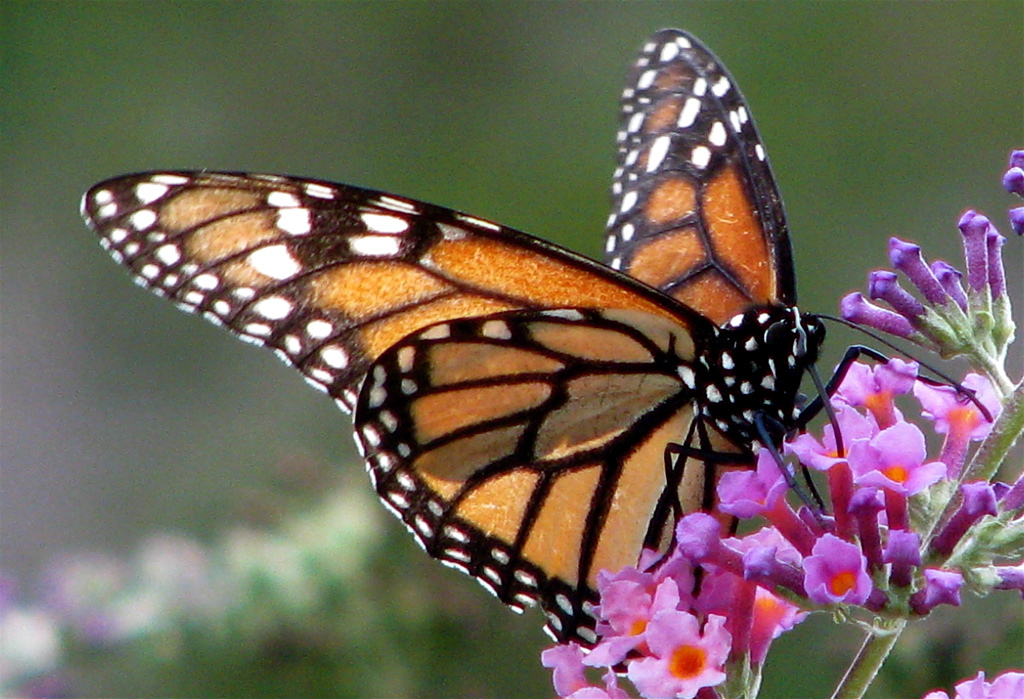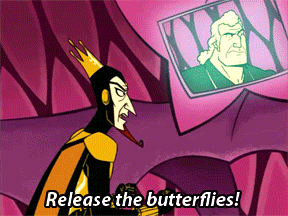According to a recent study, monarch butterflies could become an extinction risk in the next two decades; the population of this particular group of butterflies has suffered from serious population declines. Tech Times reports that 75% of food crops depend on the pollination of butterflies, but the combined effects of climate change and loss of habitats for butterflies have impacted the creatures’ survival.
What is meant by habitat loss, exactly? One example is the decline of a plant called milkweed. In a recent feature about this plant, Boing Boing explains that milkweed in particular is the only food that monarch caterpillars can safely eat. Milkweed therefore gets used as a “host plant” by monarchs, meaning they lay eggs there so that when caterpillar babies emerge, they can thrive on the food source all around them.
All caterpillars love to eat — as every diligent reader of The Very Hungry Caterpillar should know. But other types of caterpillars have evolved to eat lots of different kinds of plants; monarch caterpillars have a very strict diet. If you live in an area where monarch butterflies live (or ought to live), planting a wildlife-friendly garden with some milkweed could encourage them to visit.
Ironically, one reason why milkweed has declined is because of the actions of the farmers who rely on butterflies’ pollination efforts, according to this report by The National Wildlife Federation: “genetically engineered, herbicide-tolerant corn and soybeans now allow farmers to apply the chemicals broadly, wiping out milkweed that once thrived between crop rows and in fallow fields on millions of acres of agricultural land.” Although the chemicals do help these farms to clear out unwanted plants, the loss of milkweed — and the monarchs who need it to live — has been an unhappy consequence.
The use of chemicals on farms is not the only contributing factor to monarchs’ decline, however. The NWF explaisn that droughts and extreme weather can also effect monarch populations. However, planting some milkweed in your backyard is one way that you can help encourage the survival of these butterflies. Monarch Watch’s Milkweed Market offers detailed resources about what types of milkweed to buy depending on your area.
(via Boing Boing, images via Flickr and Tumblr)
—Please make note of The Mary Sue’s general comment policy.—
Do you follow The Mary Sue on Twitter, Facebook, Tumblr, Pinterest, & Google +?










Published: Mar 25, 2016 03:22 pm